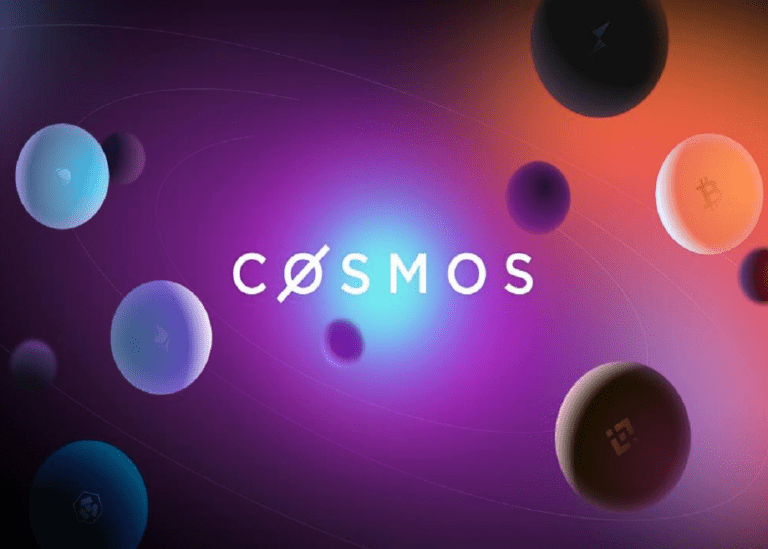Lorem ipsum dolor sit amet, consectetur adipiscing elit. Ut elit tellus, luctus nec ullamcorper mattis, pulvinar dapibus leo.
Lorem ipsum dolor sit amet, consectetur adipiscing elit. Ut elit tellus, luctus nec ullamcorper mattis, pulvinar dapibus leo.
About Course
Osmosis stands as the leading hub in the cross-chain decentralized finance (DeFi) realm. It serves as the central point of liquidity and the main trading platform within the Cosmos network. Osmosis plays a pivotal role as the entry point to a vast array of application-specific chains, acting as the primary gateway into the interchain world.
Course Curriculum
Course Overview: Exploring Osmosis
This course is designed to provide a comprehensive understanding of Osmosis, the premier cross-chain decentralized finance (DeFi) hub in the Cosmos ecosystem. Ideal for both beginners and seasoned blockchain enthusiasts, the course offers in-depth insights into the Osmosis protocol, its features, and its pivotal role in the Cosmos interchain ecosystem.
Osmosis Key Features
Let us learn more on osmosis key features and how is it different then other dexs.
- 00:00
- 00:00
- 00:00
- 00:00
Student Ratings & Reviews

No Review Yet
0 (0 Ratings)
Hi, Welcome back!
Learn More
Lorem ipsum dolor sit amet, consectetur adipiscing elit. Ut elit tellus, luctus nec ullamcorper mattis, pulvinar dapibus leo.
Lorem ipsum dolor sit amet, consectetur adipiscing elit. Ut elit tellus, luctus nec ullamcorper mattis, pulvinar dapibus leo.
Lorem ipsum dolor sit amet, consectetur adipiscing elit. Ut elit tellus, luctus nec ullamcorper mattis, pulvinar dapibus leo.





